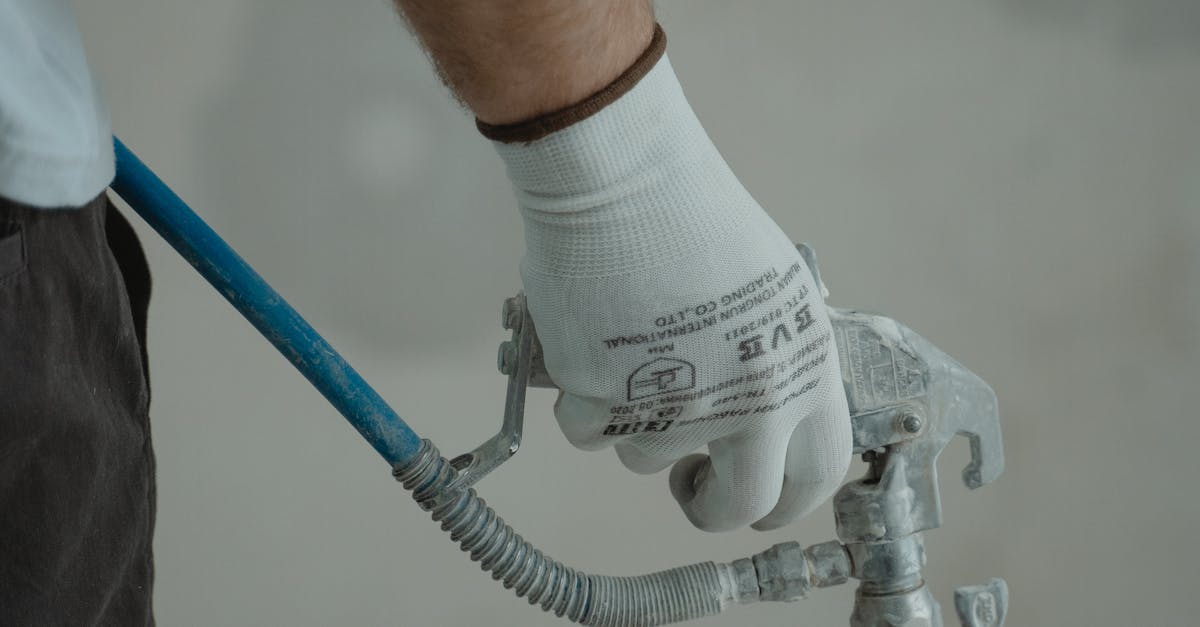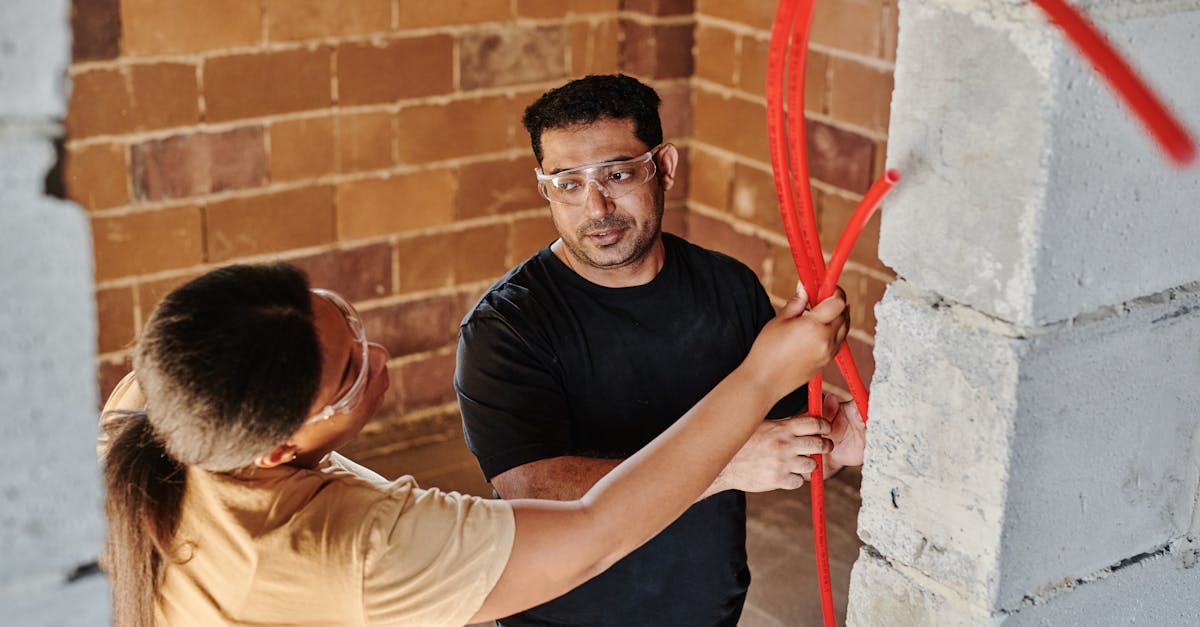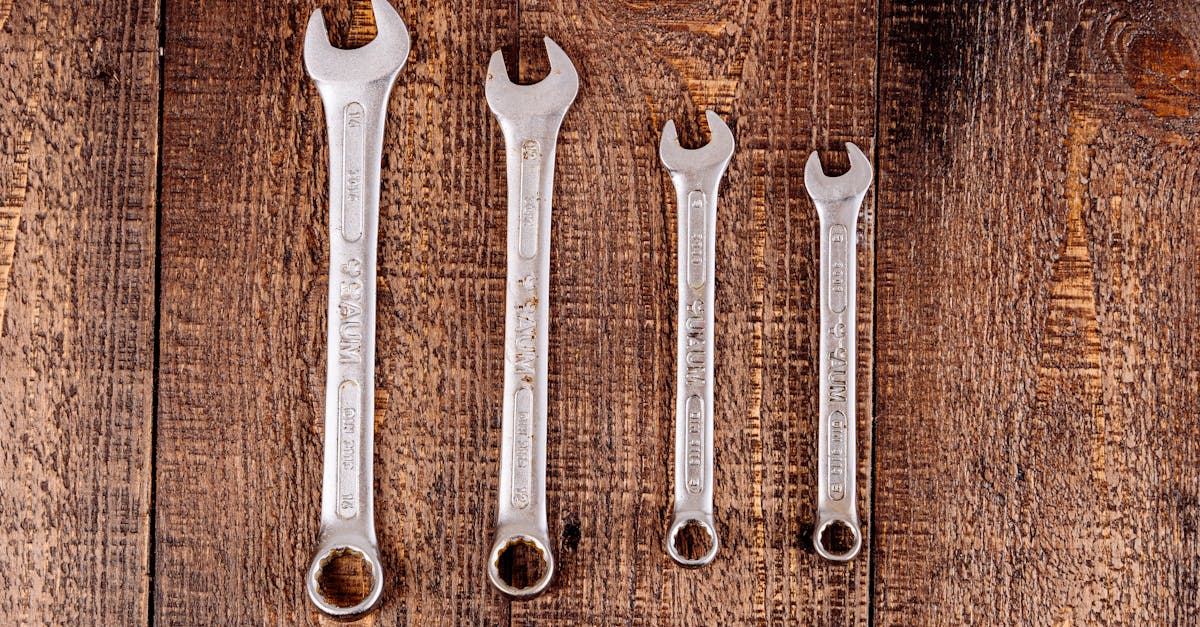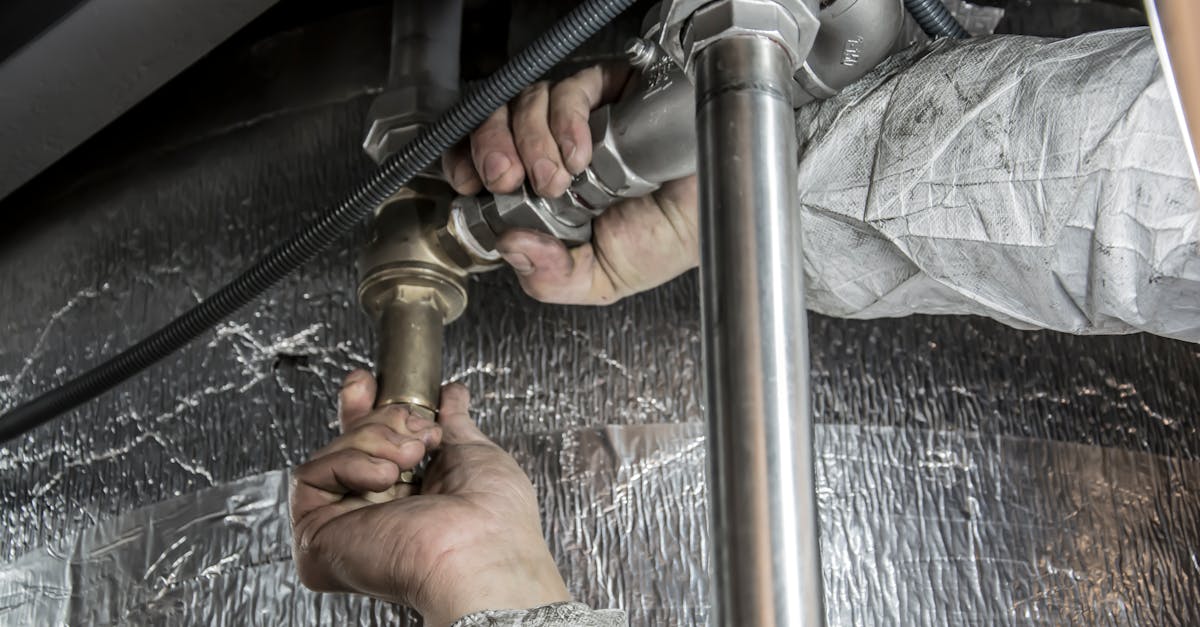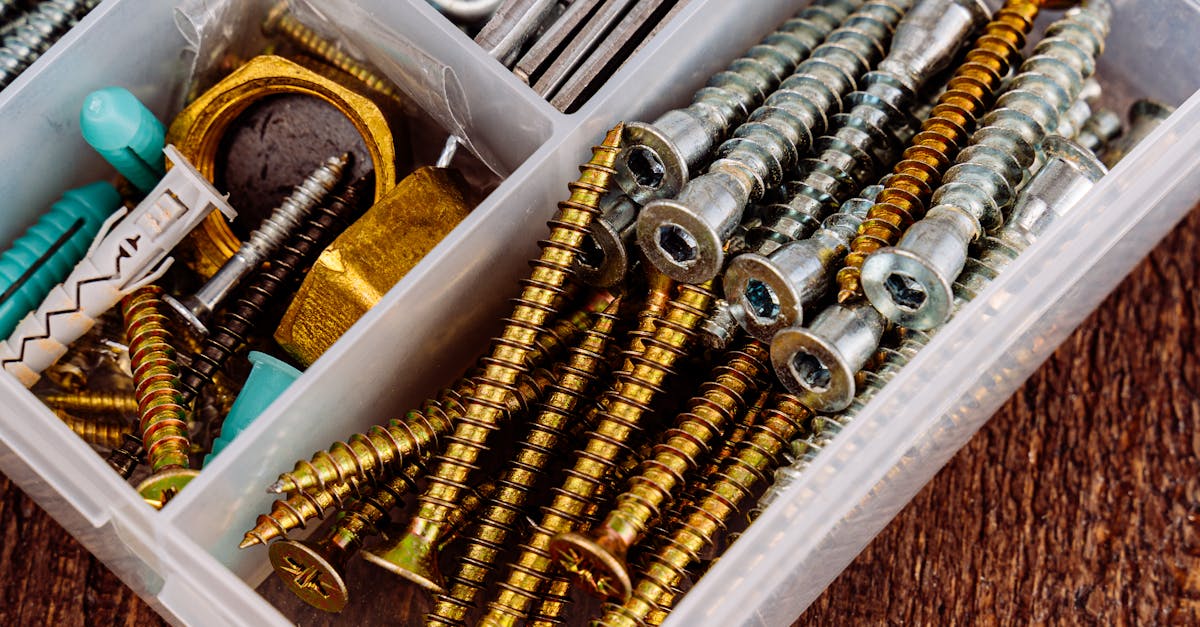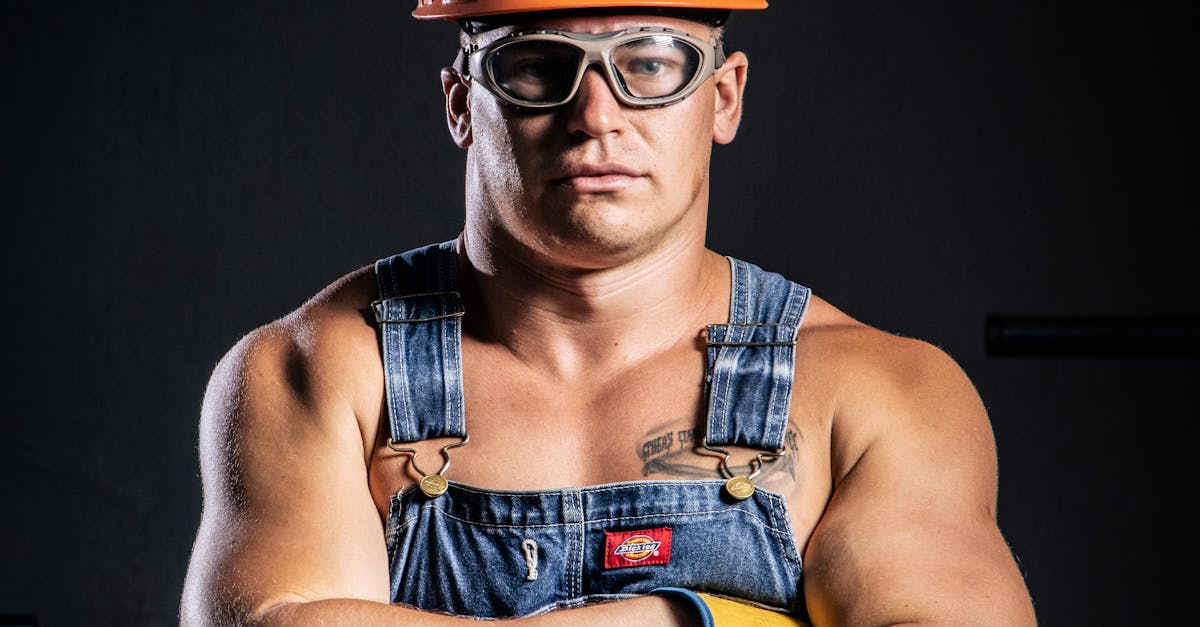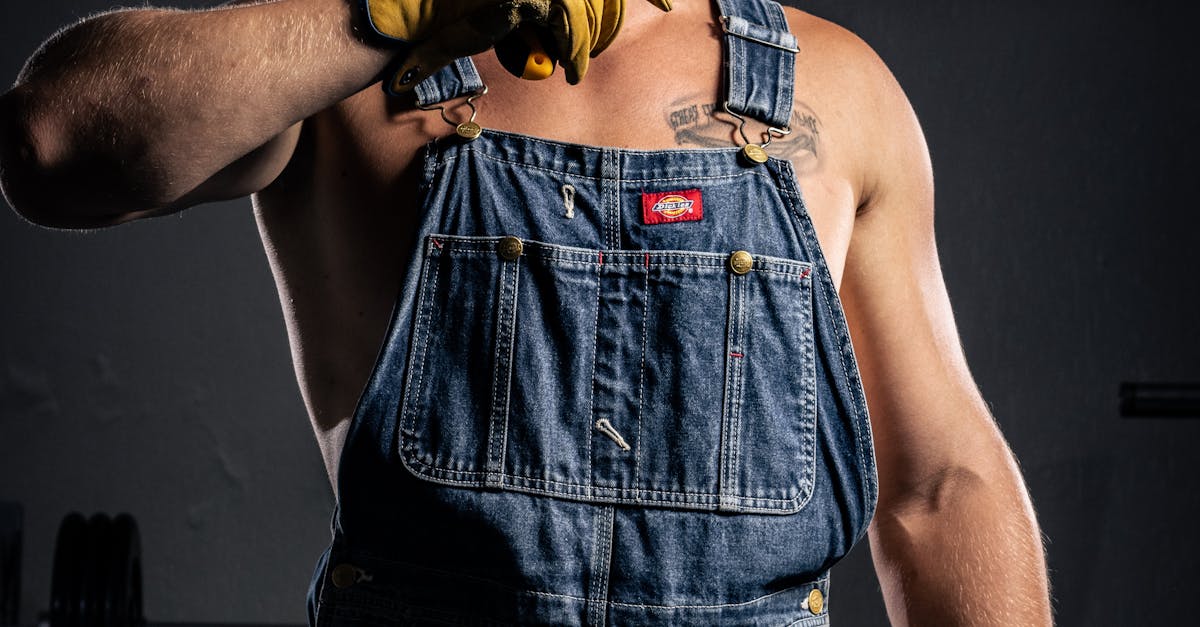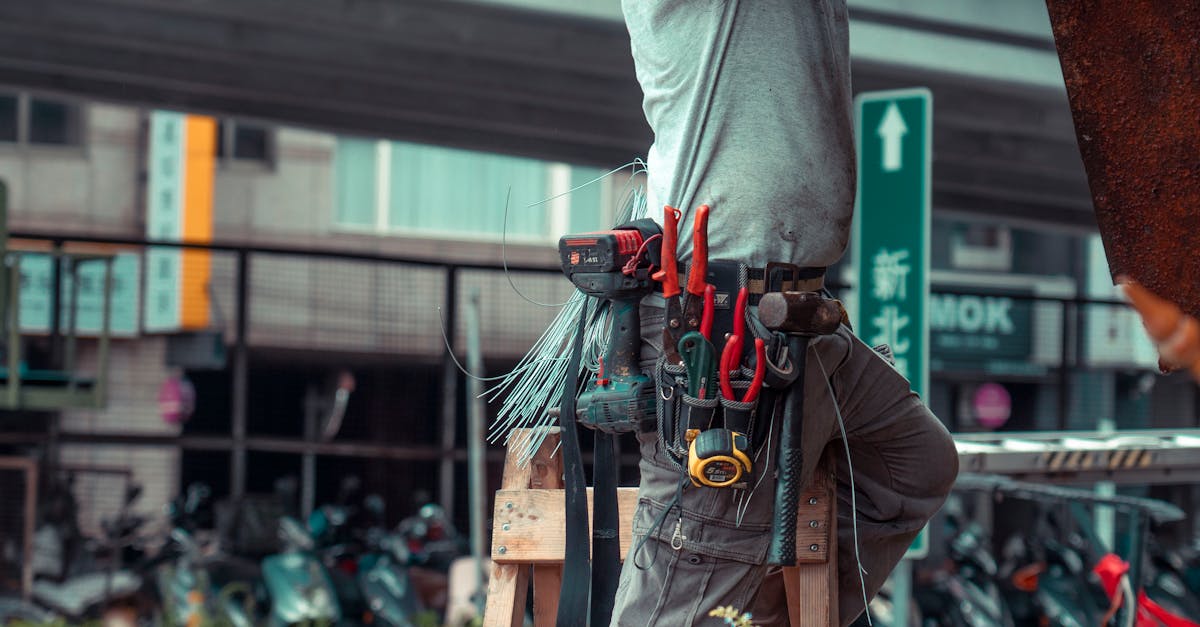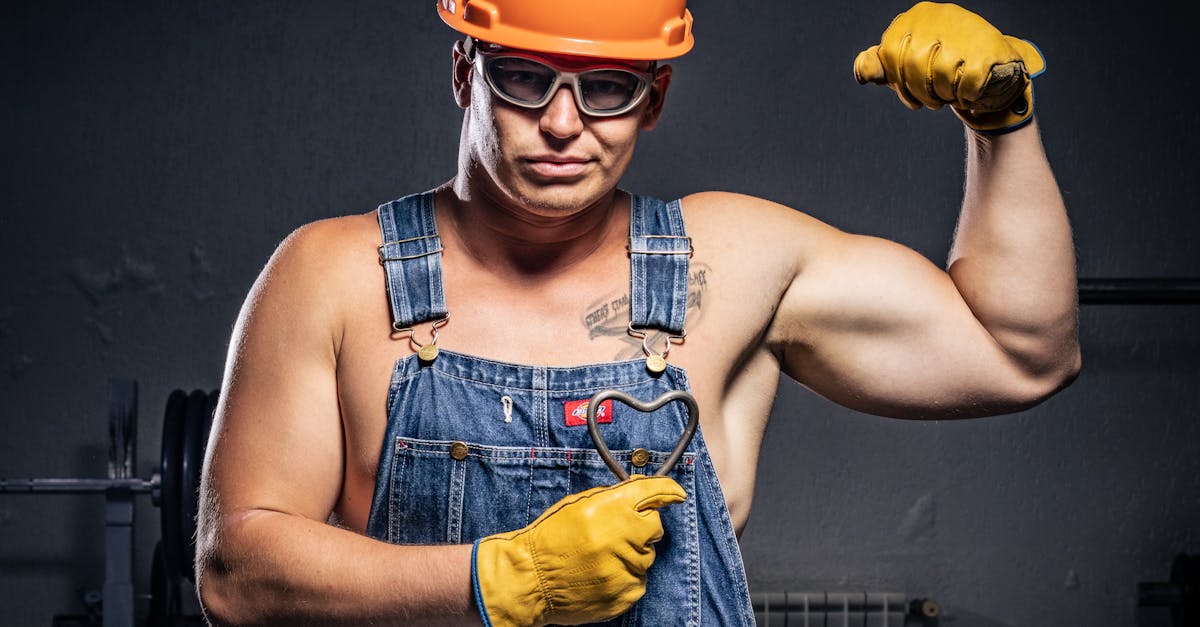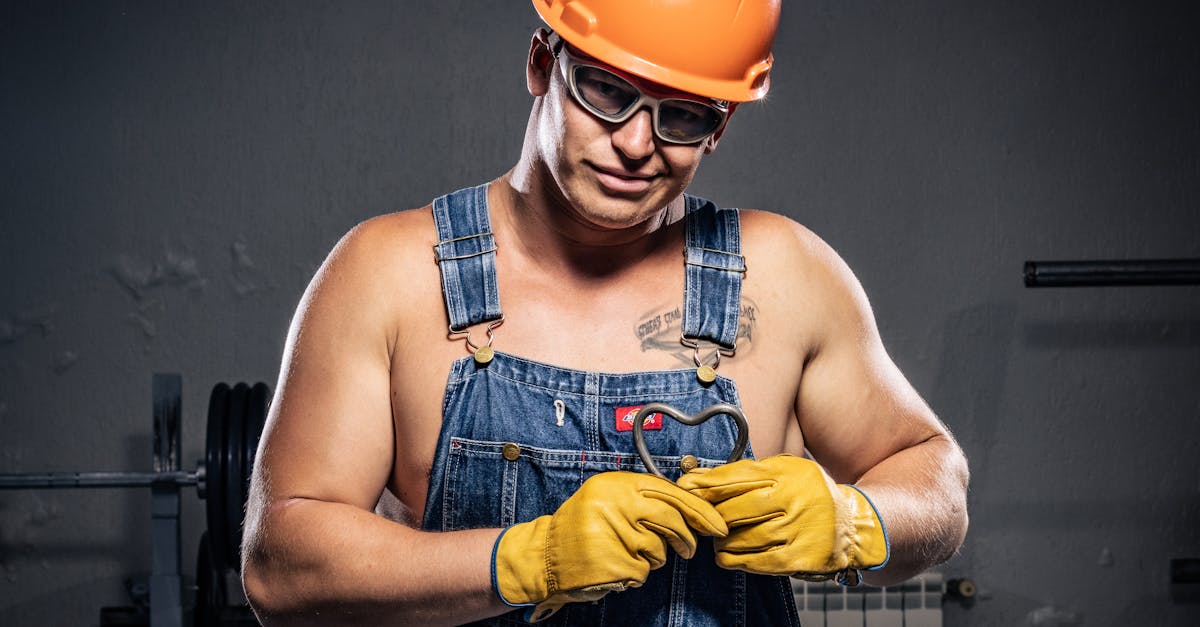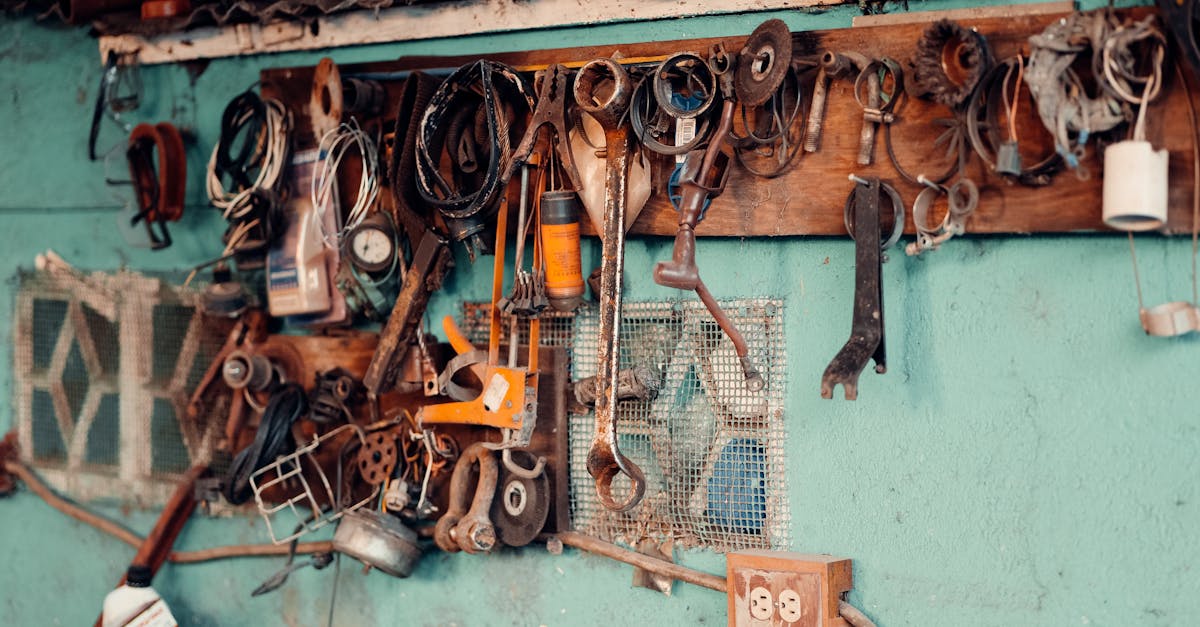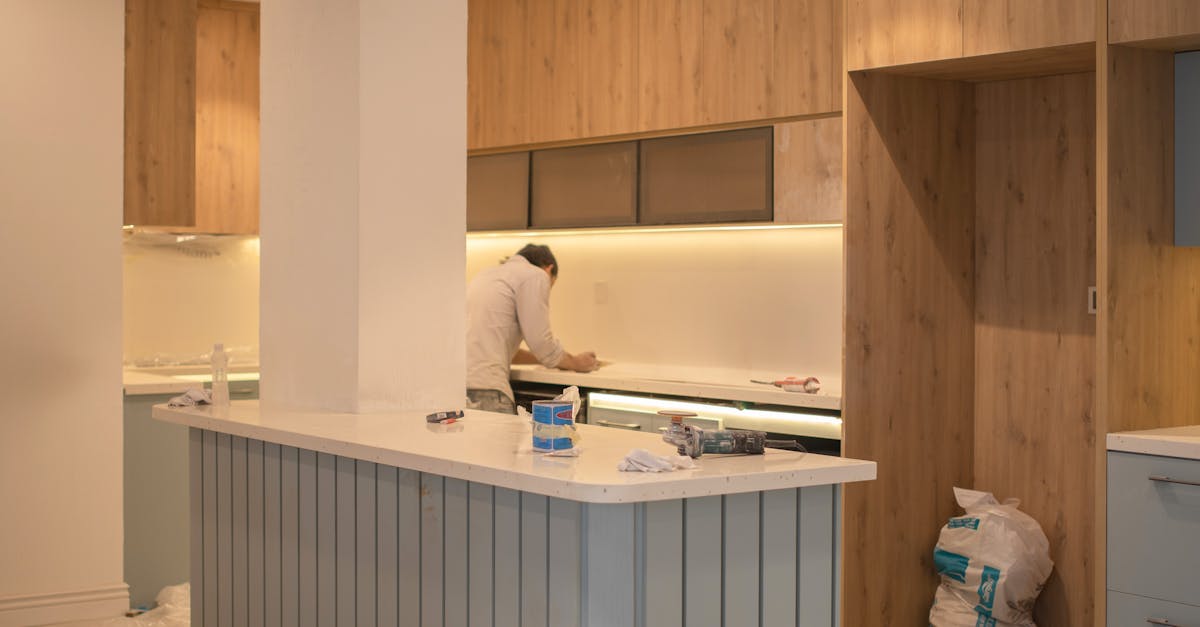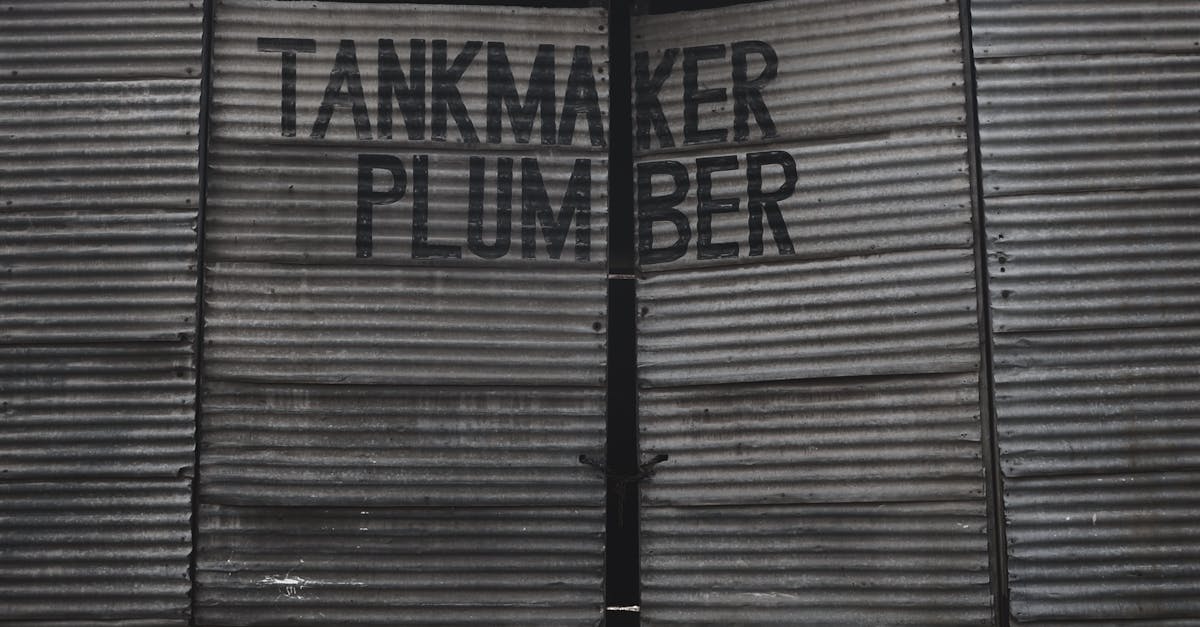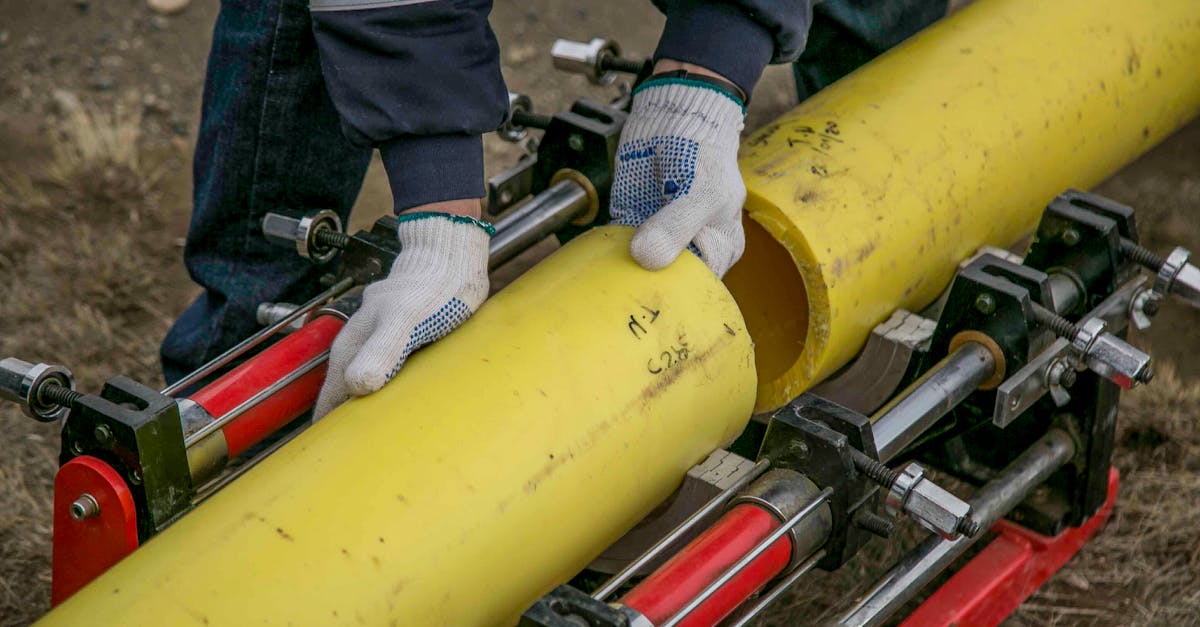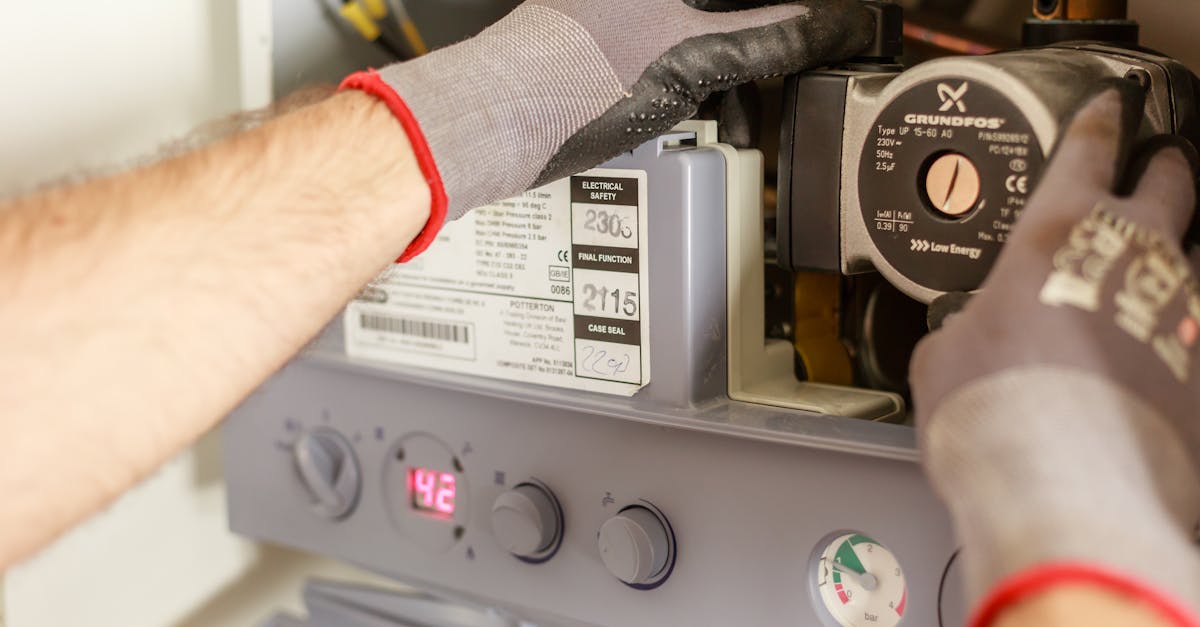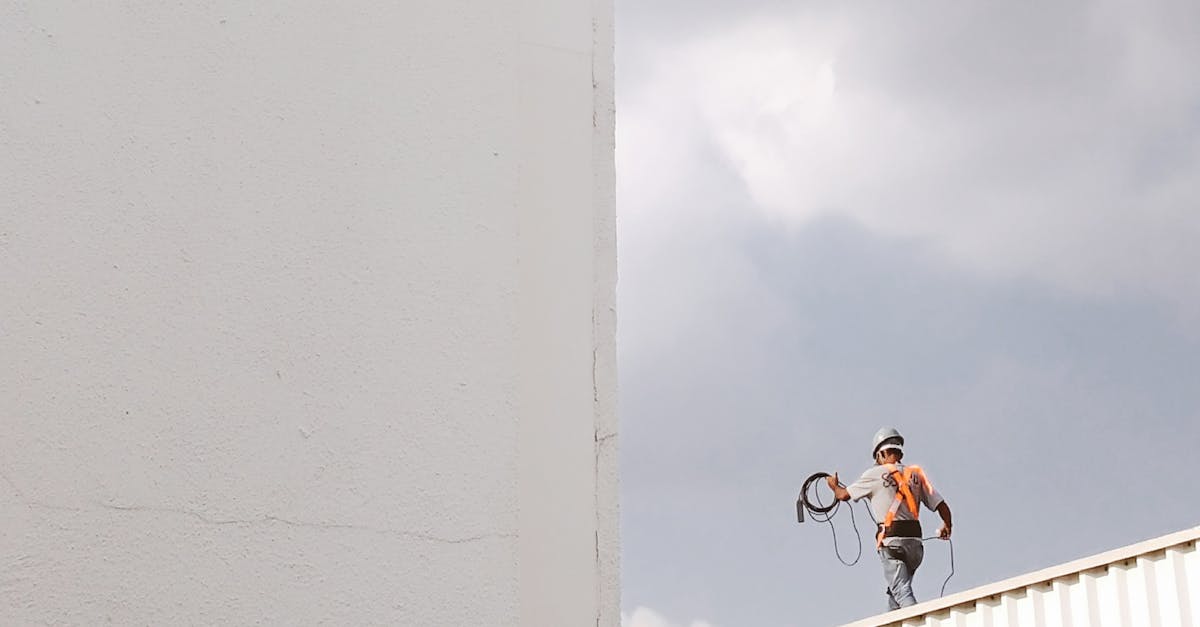
Table Of Contents
Change in Pipe Diameter
Pipe relining can lead to a change in the diameter of the original pipes. During the relining process, a liner is inserted and expands to fill the existing pipe’s shape. This can result in a narrower internal diameter compared to the original pipe. Any reduction in size may affect the overall efficiency of the plumbing system.
This alteration can have several consequences. A decrease in pipe diameter might restrict the flow of water, leading to increased pressure within the system. Issues such as frequent clogs or slower drainage may arise, impacting normal usage. In certain scenarios, these changes can become problematic for homeowners, making it essential to weigh these considerations when opting for pipe relining.
Effects on Water Flow and Pressure
Pipe relining can lead to a change in the internal diameter of the existing pipes. This alteration often reduces the space available for water flow. A narrower channel can result in lower flow rates, which may affect the ability of the plumbing system to deliver adequate water supplies to various fixtures. Homeowners may notice a decrease in performance when multiple taps are used simultaneously, particularly in larger households.
Pressure issues can also arise due to the changes made during the pipe relining process. If the relining material is not properly installed or if it disrupts the regular flow pattern, water pressure can fluctuate. These fluctuations may lead to inconsistent delivery of water, causing annoyance among users. Regular maintenance and assessments may be necessary to address any pressure variations that arise post-installation.
Chemical Concerns
The use of certain chemical resins in the pipe relining process raises significant concerns for both homeowners and environmental advocates. These resins, while effective for creating a durable lining inside existing pipes, can release volatile organic compounds (VOCs) during installation and curing. Exposure to these chemicals can pose health risks to both workers and residents, especially in poorly ventilated areas. The potential for inhalation of harmful fumes during the relining process warrants careful consideration before proceeding with such repairs.
Another issue involves the disposal of any chemical-laden materials used during pipe relining. Improper disposal practices can lead to soil and water contamination, impacting local ecosystems. Moreover, if a property owner fails to follow recommended guidelines for handling these chemicals, they could face legal liabilities or fines. This underscores the necessity of selecting a reputable contractor who adheres to environmental regulations and safety standards in the pipe relining process.
Risks Associated with Resin Use
The use of resin in pipe relining introduces several risks that property owners should be aware of. While resin is crucial for creating a new, durable lining within existing pipes, the chemicals involved can pose potential health hazards during installation. Proper safety measures must be implemented to minimize exposure to fumes and ensure that workers are protected from any harmful effects associated with resin application.
Another consideration is the long-term stability of the resin once it cures. If not correctly mixed or applied, the resin may not adhere properly to the pipe walls. This could lead to complications such as leaks or failures in the lining over time. The effectiveness of pipe relining largely depends on the quality of the resin used and the expertise of the contractors involved in the process. A poorly executed application runs the risk of compromising the overall integrity of the piping system.
Warranty and Guarantee Limitations
Many companies that offer pipe relining services provide warranties or guarantees for their work. However, the scope of these warranties can vary significantly. Some may only cover specific aspects of the service, such as the quality of materials or installation techniques. Others may have limited durations that make them less effective in the long run, leaving homeowners vulnerable should a problem arise after the warranty period expires.
Additionally, it's important to read the fine print to understand what conditions might void these guarantees. For instance, if the home experiences shifts in ground structure or if tree roots are not addressed, the warranty might not apply. This can lead to unexpected expenses for homeowners who may assume they are fully covered after investing in pipe relining. Understanding these limitations is crucial to making an informed decision regarding this type of plumbing solution.
Possible Exclusions in Coverage
When considering pipe relining, it's important to review the warranty and guarantee provided by the service provider. Many companies have specific exclusions in their coverage that can leave homeowners vulnerable. For example, damage due to pre-existing conditions in the pipes may not be covered under the warranty. Similarly, if the relining is performed in conjunction with other plumbing work, certain warranties for both the relining and the additional repairs could be compromised.
Homeowners should be aware of the potential for exclusions related to improper maintenance. If the property owner fails to adhere to recommended maintenance practices, the warranty on the pipe relining could become void. It is crucial to understand these limitations before proceeding with the relining process. Additionally, irregularities in water quality or external environmental factors may also lead to exclusions in coverage, affecting the long-term viability of the relined pipes.
FAQS
What is pipe relining?
Pipe relining is a method used to repair damaged pipes by inserting a new lining within the existing pipe, effectively creating a new, durable pipe inside the old one.
What are the main disadvantages of pipe relining?
The main disadvantages of pipe relining include changes in pipe diameter that can affect water flow, potential chemical concerns regarding resin use, and limitations in warranties and guarantees that may exclude certain types of damage.
How does a change in pipe diameter affect plumbing?
A change in pipe diameter can lead to reduced water flow and pressure, which may result in slower drainage and can impact the overall efficiency of your plumbing system.
Are there any health risks associated with the chemicals used in pipe relining?
Yes, some resins used in pipe relining can pose health risks if not handled properly, including potential exposure to harmful chemicals during the installation process.
What should I know about warranties and guarantees for pipe relining?
Warranties and guarantees for pipe relining may have limitations and exclusions, meaning certain issues might not be covered, so it's important to review the terms carefully before proceeding with the service.

